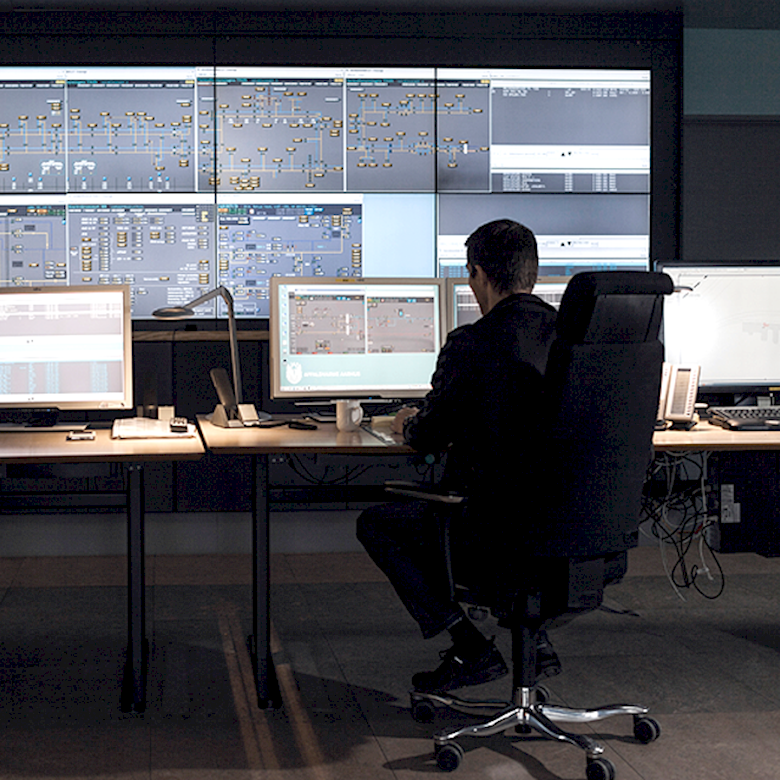Posted on Monday, April 1, 2019 by Martin Møller Værum
The Green Opportunities with Smart Metering - Part 2
Three ways today’s technology can deliver bottom-line results and a sustainable water future
Three ways today’s technology can deliver bottom-line results and a sustainable water future
Conservation and sustainability are on everybody’s lips these days. But with water loss and aging infrastructures growing into major concerns, we shouldn’t just talk about a sustainable water future. It requires action today. Too much drinking water disappears on the way to the consumers or is consumed without being metered, which makes it difficult for utilities to know when and where to take action.
Conservation and sustainability are on everybody’s lips these days. But with water loss and aging infrastructures growing into major concerns, we shouldn’t just talk about a sustainable water future. It requires action today. Too much drinking water disappears on the way to the consumers or is consumed without being metered, which makes it difficult for utilities to know when and where to take action.
Intelligent meters, remote reading, and advanced analytics offer more than accurate and fair billing. While contributing to black bottom lines and optimisations within operations, customer relations and asset management, they also bring a triad of green opportunities such as lowering water consumption, fighting Non-Revenue Water and reducing energy consumption.
In this blog series we want to dive deeper into those win-win green opportunities to explore what concrete results can be achieved already today for a bright sustainable water future. In the first part we will look into the role of end consumer awareness in lowering consumption.
Part II Fighting non-revenue water with data
In this second part of the blog series, we will have a closer look at the opportunities of fighting non-revenue water and water loss with smart metering.
Fighting Non-Revenue Water with data
Non-Revenue Water is a global problem resulting in large volumes of water loss. But it is also a challenge faced by most water utilities every day due to circumstances like increased urbanization, higher demand and ageing distribution networks. The area is complex because the many kinds of Non-Revenue Water must be dealt with in different ways. However, common to all of them is that they require the right knowledge at the right time.
A high volume of Non-Revenue Water not only means lost revenue and higher operational costs for the utility. It can also lead to increased costs for energy consumption and repairing leakages. Smart metering helps you identify and deal with different kinds of water loss, which makes it an effective tool to conserve water.
One of the factors that affect a utility’s level of Non-Revenue Water is therefore the accuracy of their water meters. A mechanical meter is often less accurate than an ultrasonic meter and its accuracy diminishes over time. Consequently, more water is consumed but not billed. An ultrasonic meter has no moving parts and maintains its high accuracy throughout its lifetime, which therefore limits the amount of unbilled and unmetered consumption.
The accuracy of the meter reading process is another crucial factor for tackling Non-Revenue Water. In addition to being both time consuming and error-prone, manual meter reading lowers a utility’s data quality making it more difficult for them to understand and work on reducing their water loss. Remote reading on the other hand allows utilities to eliminate misreadings, time consuming follow-ups and estimated calculations.
Smart meters can also send out various notifications and intelligent alarms that enable efficient detection of irregularities such as in-house leaks, reverse flow, theft or other tampering attempts as well as allow detailed monitoring of e.g. water temperature to better assess and prevent leaks related to frost damages.
Additionally, with frequent data from automatic meter reading, utilities can detect leaks in the network by making daily water balances and breaking down the volume of water that leaves the utility into smaller parts and comparing their development with the actual consumption. They will also have a much better basis for evaluating the effect of their efforts.
Case study: Town of Dexter
The American Town of Dexter, New Mexico noticed a big difference in their operational efficiency since installing the new water meters and meter reading system. With this new drive-by reading system, the meter locations are plotted on Google Maps and the meters are now read within two to three hours. Dexter has seen an increase in the amount of water registered by the ultrasonic water meters. When comparing November 2015 consumption to November 2016, the new water meters registered 1.3 million gallons more. Once the new meters were installed, 40 to 50% of the meters had leak alarms. Now, the utility is notifying their customers of leaks, which helps the community save water and customers to save money.


